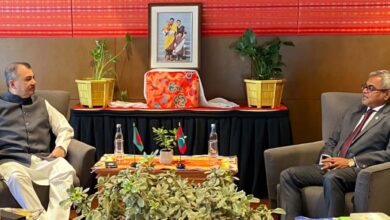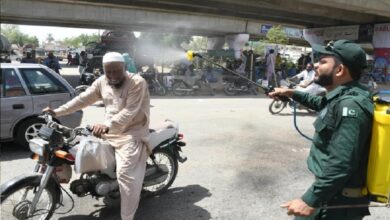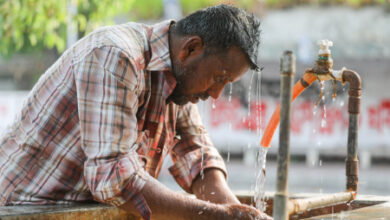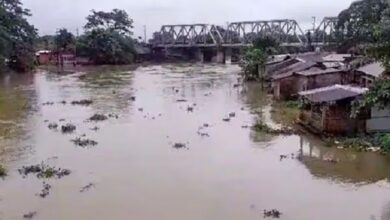Building Resilience for South Asia’s Future
South Asia has made good progress in preparing for disasters, developing solutions that can serve as examples of international best practice
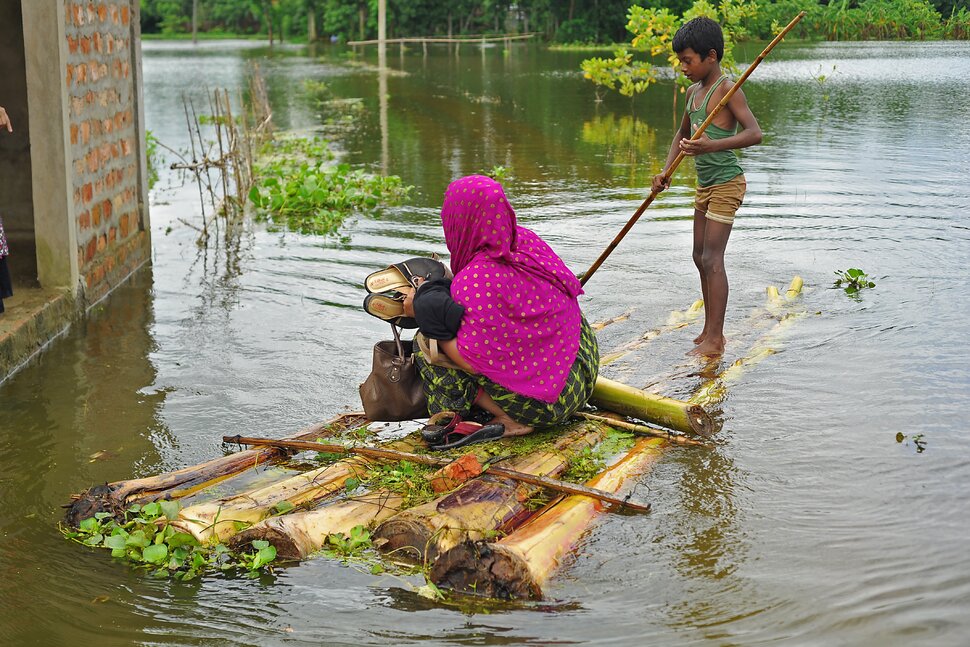
BY JOHN ROOME
More than 850 million people in South Asia live in poverty, trying to survive on just $3.65 a day. Many of them are also dealing with the effects of climate change and other shocks. Recent events, such as floods in Pakistan, heat waves in India and cyclones along Coastal Bangladesh, vividly illustrate that climate change is wreaking havoc, especially with the lives of poor people. The COVID-19 pandemic similarly has taught us how devastating a global health crisis can be, and how it is poor people in developing countries that have suffered the most. More recently, global shocks in trade and finance markets have rippled through food and energy prices, and interest rates to harm poor people. In some areas, these risks have been compounded by political instability, which has prompted massive displacement of people, sometimes across international borders. This further strains resources in receiving communities. The compounding negative impacts that these shocks are already having on development gains are only likely to get worse. In this new global scenario, building resilience becomes a development imperative.
South Asia has made good progress in preparing for disasters, developing solutions that can serve as examples of international best practice . Cyclone shelters and early warning systems have been effective in saving millions of lives. But to secure the path to middle and high income, the region needs to draw on these successes to build systemic resilience to shocks at all levels. This requires risk mitigation and rapid recovery to be integrated into development strategies, plans and interventions. It will mean a different appreciation of the interactions between the built and natural environment, and greater focus on how to protect the poor and help them adapt to and bounce back from shocks.
Building resilience thus requires action across five critical areas. Many engineers quickly focus on infrastructure – and indeed there is a need for more investment in drainage infrastructure, canal management, dikes and retaining walls and better designed and located houses. At the same time there will need to be increased investment in natural capital – mangroves to protect against cyclones; wetlands and natural channels to absorb excess flooding and drainage congestion; trees and landscape development to protect against floods, erosion, landslide and hill torrents; and new crops resistant to drought and heat. Sometimes investments in physical and natural capital will be complementary – but sometimes there will be trade-offs that need to be increasingly factored in. Investing in human capital will make communities more resilient –– better health to withstand shocks, better education to find alternative jobs less dependent on risky natural resources, and social protection that allows people to migrate in an orderly manner where that is a sensible alternative and shields those unable to move. Economies will also need to be made more resilient – from households having more diversified sources of jobs and livelihoods, contingency finance for governments to manage macro shocks and insurance for the private sector, to more resilient food systems and value chains that build in redundancy. And finally, institutions will need to be strengthened with a focus on resilience, for example by improving the collection and sharing of data for early warning, factoring in new sources of risk in spatial planning, environmental regulation and financial supervision, and enhancing crisis management capabilities through a multi-sectoral approach.
All this demands significantly more investments and often fundamental changes in policy. But it is becoming increasingly clear that there are opportunities to realize a “triple dividend” from these investments. For example, improved water management can reduce vulnerability to flooding, increase productivity of agriculture and improve the livelihoods of women and vulnerable communities. Restoring mangroves can protect coastlines, increase the value of physical infrastructure such as for tourism, and preserve ecosystems on which poor coastal communities rely for their livelihoods. Examples for such triple dividends from developing countries are still rare, but research in this area is rapidly growing.
Success will require tackling three challenging issues. First, current resources are too limited to address the magnitude of the challenge. This will require more international finance, increased domestic revenue mobilization, drawing more on available climate finance and careful prioritization and phasing. Second, responses from governments, development partners, civil society and the private sector must be better coordinated and integrated to be effective; the fragmented approach to data collection, policy making, budgeting, and implementation will no longer do. Lastly, while South Asia must focus on building resilience for its own benefit, it’s equally vital for the global community to work together to reduce carbon emissions , avoid the spread of pandemics, and stem conflicts that can trigger displacement and macro-economic shocks.
This blog is part of a series that explores examples of policies, investments, and partnerships that are delivering results and that could be scaled to match the ambition of the World Bank’s new playbook for South Asia. Within the theme of Resilience, we will be publishing follow-up blog posts that delve into various elements.

